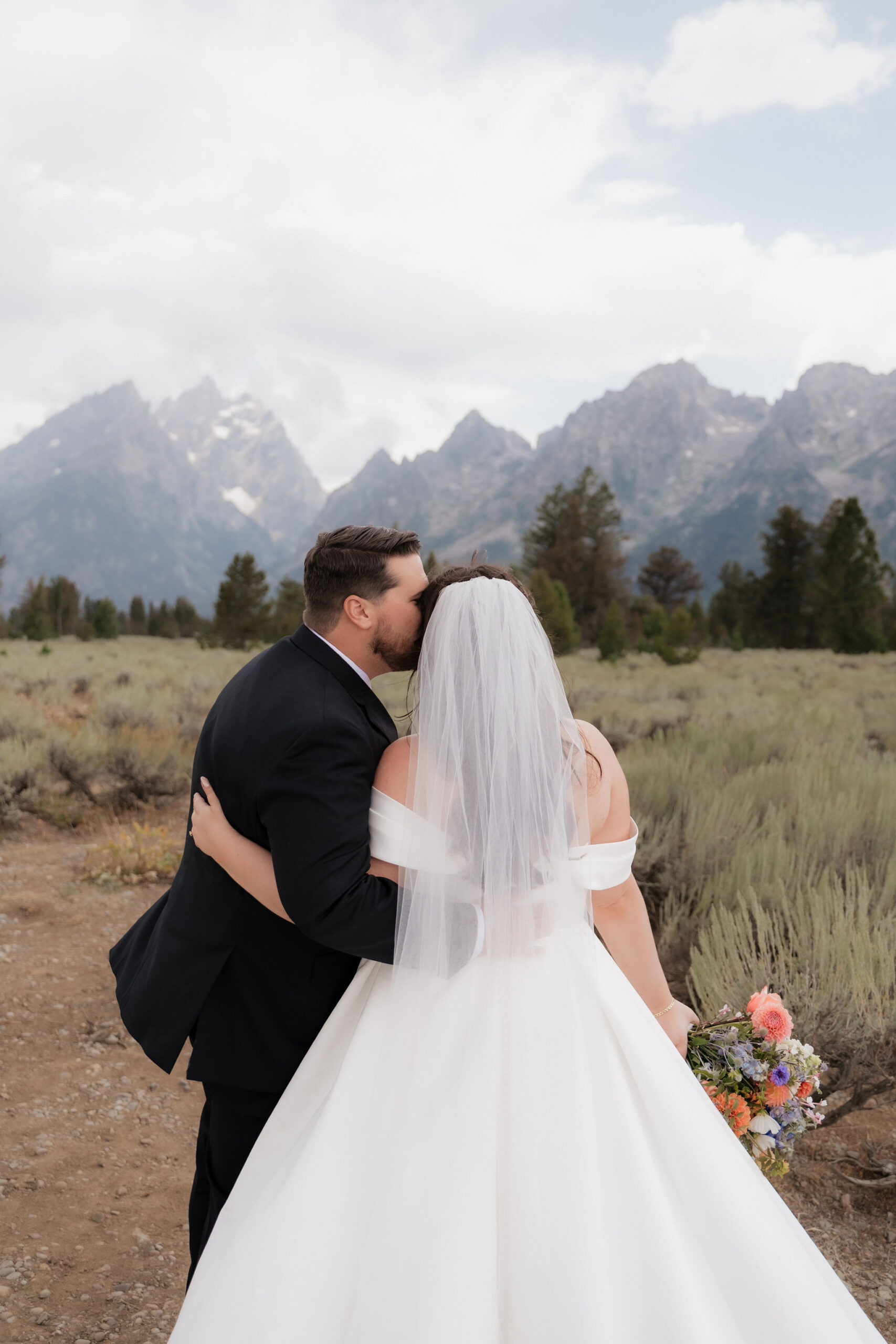As photographers, we have the unique privilege of capturing the raw beauty of nature, often in some of the world’s most pristine and untouched locations. However, with this privilege comes the responsibility to protect and preserve these natural environments. The Importance of Leave No Trace (LNT) principles are essential guidelines for anyone who loves and interacts with nature, and as photographers, it’s crucial to adhere to these principles to ensure that we can continue to enjoy and document these beautiful places for years to come.
Understanding The Importance of Leave No Trace
Leave No Trace is a set of seven principles designed to minimize the impact on the environment when enjoying the outdoors. These principles are:
- Plan Ahead and Prepare
- Travel and Camp on Durable Surfaces
- Dispose of Waste Properly
- Leave What You Find
- Minimize Campfire Impact
- Respect Wildlife
- Be Considerate of Other Visitors
Let’s delve into each principle of Leave No Trace and its importance:
Plan Ahead and Prepare
- Research Your Location:
- Understand Regulations and Conditions: Different locations have specific rules and regulations to protect the environment. Check if there are any access restrictions, seasonal closures, or specific guidelines for photographers.
- Weather and Terrain: Familiarize yourself with the weather patterns and terrain of the area. This not only ensures your safety but also helps you prepare adequately to minimize your impact.
- Local Guidelines: Many places have specific rules for photographers, such as drone usage restrictions, guidelines for night photography, and limitations on off-trail access.
- Permits and Regulations:
- Photography Permits: Some areas, particularly national parks and protected reserves, require special permits for professional photography. Obtain all necessary permits well in advance.
- Drone Regulations: Drones can offer unique perspectives but also pose risks to wildlife and other visitors. Check local drone regulations and ensure compliance.
- Equipment Preparation:
- Eco-friendly Gear: Opt for rechargeable batteries to reduce waste. Use biodegradable cleaning products for your lenses and equipment.
- Minimize Footprint: Pack only essential gear to reduce the weight and volume you carry, which helps minimize your physical impact on the environment.
Travel and Camp on Durable Surfaces
- Trail Usage:
- Stick to Established Trails: Using established trails prevents damage to vegetation and soil. Straying off-trail can lead to erosion and destruction of fragile habitats.
- Durable Surfaces: When you must go off-trail for the perfect shot, choose durable surfaces such as rock, gravel, and dry grasses. Avoid walking on soft, wet, or vegetated areas.
- Campsite Selection:
- Existing Campsites: Use designated campsites to concentrate impact. Avoid creating new campsites in pristine areas.
- Distance from Water Sources: Set up camp at least 200 feet away from lakes and streams to protect riparian zones, which are crucial for wildlife and plant life.
Dispose of Waste Properly
- Pack It In, Pack It Out:
- Trash Management: Carry all your trash back with you, including food wrappers, lens wipes, and batteries. Use sealable bags for waste to avoid leaks and odors.
- Microtrash Awareness: Be vigilant about small items such as plastic tags, bread ties, and cigarette butts. These can be particularly harmful to wildlife.
- Human Waste:
- Proper Disposal: Follow the guidelines for disposing of human waste, which often means burying it at least 6 inches deep and 200 feet away from water sources. Consider carrying a portable toilet system if regulations permit.
- Toilet Paper: Use biodegradable toilet paper and pack it out if possible. Never leave it on the ground.
- Photographic Chemicals:
- Eco-friendly Chemicals: If developing film or using chemicals, ensure they are disposed of properly. Never dump chemicals in natural water sources or on the ground.
Leave What You Find
- Natural Features:
- Leave Nature Intact: Refrain from picking flowers, collecting rocks, or disturbing historical artifacts. Capture the beauty of the area through your lens without physically altering it.
- Respect Cultural Sites: Treat cultural and historical sites with respect. Avoid disturbing or moving objects.
- Minimizing Disturbance:
- Natural Composition: Avoid moving plants, rocks, or other natural elements to “improve” a shot. Work with the natural composition to capture the scene authentically.
- Setups and Props: If using props or setting up shots, ensure that everything is removed and the area is left as you found it.
Minimize Campfire Impact
- Fire Regulations:
- Check Local Rules: Adhere to local regulations regarding fires, which may include complete bans during certain seasons. Always check fire danger levels before your trip.
- Alternatives to Campfires: Use a camp stove for cooking instead of a campfire. This reduces the risk of wildfires and minimizes impact.
- Leave No Trace Fires:
- Established Fire Rings: If fires are permitted, use established fire rings to contain the fire. Avoid building new fire rings in pristine areas.
- Fire Management: Keep fires small and manageable. Never leave a fire unattended, and ensure it is completely extinguished before leaving. Scatter cool ashes to reduce visual impact.
Respect Wildlife
- Keep Your Distance:
- Use Telephoto Lenses: Capture wildlife from a distance to avoid disturbing them. Telephoto lenses allow you to get close-up shots without encroaching on their space.
- Safe Distances: Learn about safe distances for different species. Respect their space, especially during sensitive times like mating, nesting, or feeding periods.
- Do Not Feed Wildlife:
- Natural Diets: Feeding wildlife disrupts their natural diets and behaviors. It can also make them dependent on humans and more aggressive.
- Impact of Human Food: Human food can be harmful to wildlife. Keep all food and trash securely stored to prevent animals from accessing it.
- Timing:
- Avoid Sensitive Times: Schedule your shoots to avoid disrupting wildlife during sensitive periods. Early morning and late evening are often best for wildlife photography, as animals are more active, and there are fewer disturbances.
- Quiet Observation: Move quietly and avoid sudden movements to minimize stress on wildlife.
Be Considerate of Other Visitors
- Sharing Spaces:
- Respectful Interaction: Be mindful of other visitors and avoid monopolizing scenic spots for extended periods. Communicate politely with other photographers and hikers to share viewpoints.
- Group Size: Keep group sizes small to minimize impact and ensure a more enjoyable experience for everyone.
- Noise and Light Pollution:
- Keep Noise Levels Down: Maintain a quiet presence, especially in popular or serene areas. Avoid playing loud music or making unnecessary noise.
- Light Pollution: Use red lights at night to reduce light pollution and avoid disturbing others. Red lights are less disruptive to wildlife and other visitors.
The Importance of Leave No Trace for Photographers
Gear Choices:
- Lightweight and Compact:
- Minimize Your Load: Choose lightweight and compact gear to reduce your physical impact on the environment. This also makes it easier to move around without disturbing natural habitats.
- Eco-Friendly Products:
- Sustainable Choices: Opt for gear made from sustainable materials and companies that prioritize environmental responsibility. Consider the environmental footprint of your purchases.
Ethical Photography Practices:
- Leave No Trace Messaging:
- Educational Platform: Use your platform to educate and advocate for Leave No Trace principles. Share tips and stories that highlight the importance of responsible outdoor practices.
- Authentic Representation:
- Honest Captures: Avoid over-manipulating images to portray the natural environment authentically. This encourages a genuine appreciation for the beauty of nature.
Post-Processing and Sharing:
- Highlighting Conservation:
- Conservation Stories: Share stories and images that highlight the importance of conservation and responsible outdoor practices. Use your work to inspire others to protect the environment.
- Responsible Social Media:
- Avoid Geotagging: Avoid geotagging sensitive locations to prevent them from becoming overcrowded. Instead, provide general location information to protect vulnerable areas.
As photographers, our work can inspire a deep appreciation for the natural world. By following Leave No Trace principles, we not only preserve the beauty we capture but also set an example for others. Remember, every action counts, and together, we can ensure that these breathtaking landscapes remain unspoiled for generations to come. Let’s make a commitment to protect and preserve the natural environments that provide us with endless inspiration and creative opportunities.
Have questions about Leave No Trace? Contact me here!
Hi! I'm emily!
i'm a traveling wedding & elopement photographer specializing in digital & 35mm film capturing adventurous, passionate, madly in love couples


